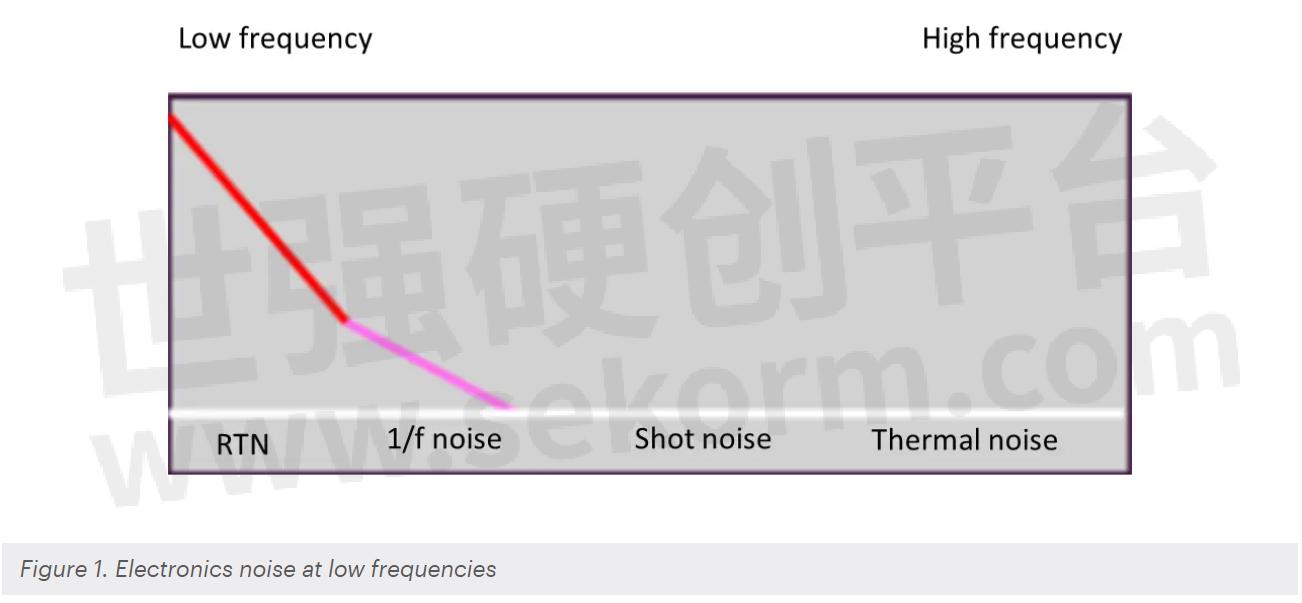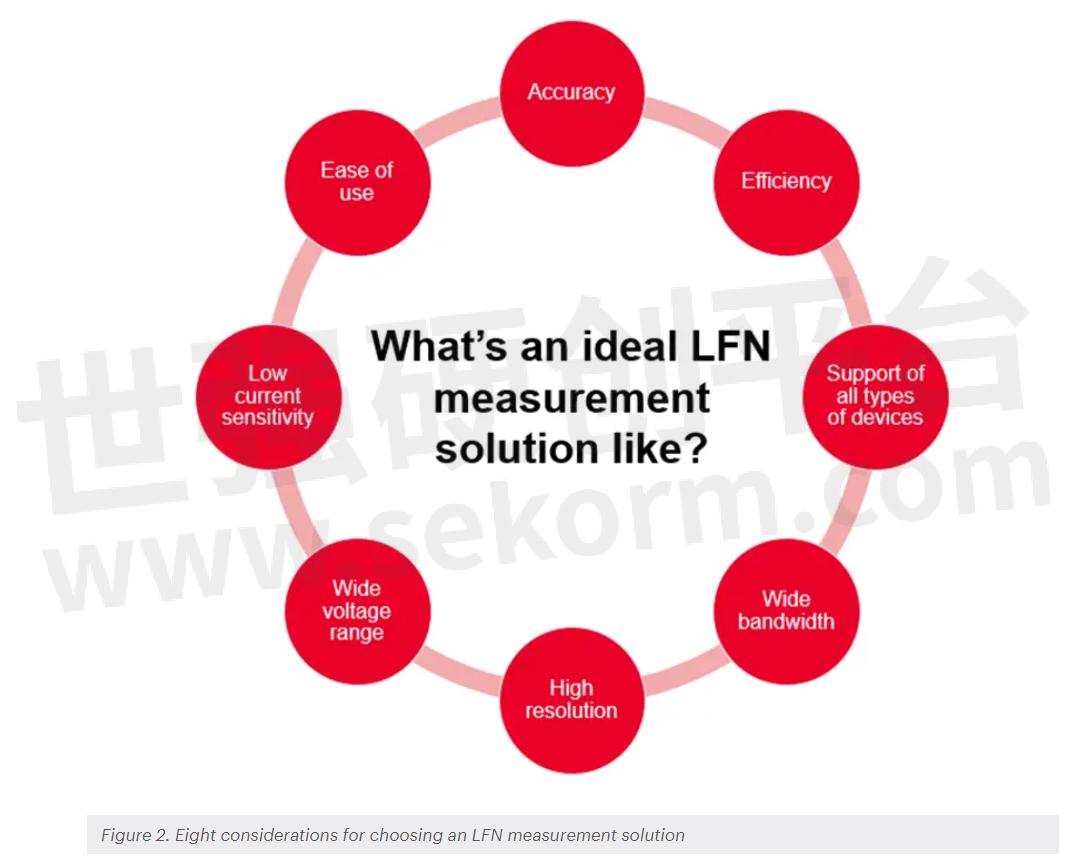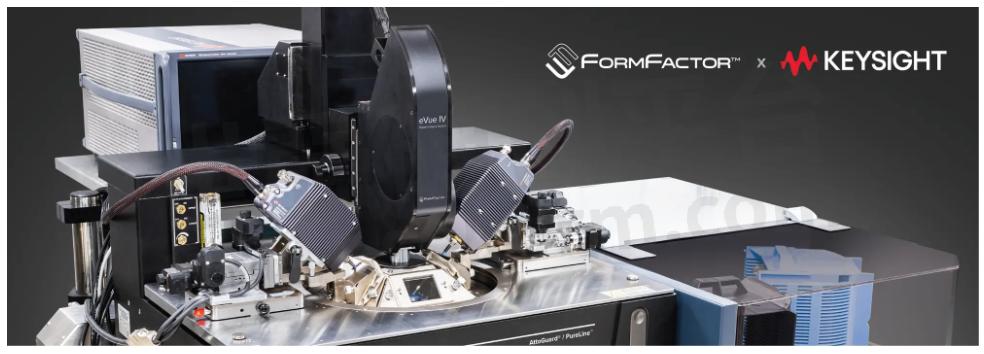Low-Frequency Noise Modeling When Quantum Chips Are Getting Noiser

Since Richard Feynman first conceptualized the quantum computer in 1982, quantum computing has been the holy grail for scientists and researchers worldwide. With McKinsey predicting a quantum technology market of over $100 billion by 2040, the quantum arena is buzzing with over 350 startups pushing technological innovations and tech giants like IBM, Google, and Microsoft riding the quantum wave. Just a few months ago, Google reportedly built a quantum computer that could execute a task in 6.18 seconds that would conventionally take 47 years.
Amidst the headway, there’s an imperative to navigate the challenges posed by noise – an inherent and spontaneous fluctuation in current or voltage – in quantum systems. Only by creating robust noise models can researchers predict their behavior to improve new hardware design and develop quantum error correction methods.
This article will delve into the importance of noise modeling for quantum computing, the challenges in low-frequency noise (LFN) measurement, and explore how Keysight’s advanced low-frequency noise analyzer (A-LFNA) unlocks more accurate and efficient noise modeling for quantum computing.
Where Does Noise Come From
In the intricate quantum realm, computers, operating at cryogenic temperatures, rely on qubits to process massive amounts of data simultaneously. A qubit must maintain quantum coherence to enable the creation and manipulation of superpositions. Yet quantum coherence is highly susceptible to external influences, including noise in the system. Even small changes in environment temperature and electrical or magnetic fields can cause the qubit to lose its coherence. As quantum computers grow in qubit count and the size of transistors shrinks, the complications from different types of noise amplify. Let's delve into the primary conrtibutors:
· Thermal noise: This originates from the Brownian motion of electrons through resistance. It appears as a "white noise" across the entirety of the analog bandwidth.
· Shot noise: This occurs due to the sporadic flow of electrons across semiconductor P-N junctions, which adds to the white noise category.
· 1/f noise: Predominantly caused by charge trapping, its presence becomes more noticeable when the manufacturing process quality is high. Although strongest at near-DC frequencies, 1/f noise can add noise energy up to a corner frequency.
· Random telegraph noise (RTN): Also called “burst noise,” RTN arises from small voltage or current transitions due to charge trapping. RTN exhibits a 1/f^2 power spectral density, thus, being occasionally labeled as “red” noise.

Of particular concern to quantum researchers is the low-frequency noise (LFN), also known as "1/f noise." This noise arises at frequencies below a device's typical operational frequency. As technological advancements push device size to shrink further, LFN variation goes up, making it more challenging to characterize. Today, there's a growing demand for robust LFN modeling for CMOS devices at cryogenic temperatures, particularly in the absence of a standard physics-based model.
This raises a pivotal question: How can quantum researchers untangle these complex noise challenges?
Confronting the Noise Data Conundrum
To characterize noise that causes qubit decoherence, researchers need insights not only into the noise spectrum but also its statistics. By better understanding the underlying physical processes, researchers can effectively distinguish errors from the quantum system itself versus external sources. However, the exponentially growing noise characterization data, along with the sheer amount of time a typical 1/f noise measurement, is daunting. Additionally, a good measurement must take multiple samples and averaging, while as frequencies drop, sample times turn into minutes or longer.
So, how does a quantum engineer go about measuring noise, especially when the signals are quite small? How do they account for external factors, including the very equipment used for measurement, that can introduce further noise? How long can it take for measurements to stabilize?
Addressing these nuances necessitates measurements at both the package and wafer levels. Rapid on-wafer measurement speed is important to develop an accurate device noise model since noise is random, and the statistical analysis of many device noises is necessary.
Key Steps for LFN Characterization and Modeling
Performing comprehensive low-frequency noise (LFN) modeling is key to improving the performance of quantum computers.
This involves a tight integration of experimental physics, data analysis, and modeling to understand and control the noise affecting quantum systems. The process encompasses:
· Identify the noise: The first step is to identify the origin of the LFN, which may stem from qubit frequency fluctuations, thermal vibrations of ions in the lattice, or magnetic flux variations.
· Measure the noise: Perform Ramsey Experiments to assess the frequency noise affecting qubit phases. Implement dynamical decoupling sequences (like Uhrig or CPMG) to suppress high-frequency noise further and focus on low-frequency characterization.
· Noise modeling: Apply Fourier Transform to the time-domain data obtained from experiments to extract the noise power spectral density (PSD).
· Analyzing data: Analyze the cross-correlation of noise affecting different qubits to understand spatial noise correlation. Develop theoretical models based on the experimental data to describe the noise behavior.
· Validating the model: Fit the noise models to the experimental data and validate them with repeated independent experiments.
Keysight's A-LFNA Solution: Automate the Full-wafer Level Characterization
At Keysight we envision an ideal LFN measurement solution that would be accurate, efficient, work for all silicon devices, have a wide bandwidth, provide high resolution, cover a wide voltage range, be sensitive to low currents, and be easy to set up and use.

Keysight Advanced Low-Frequency Noise Analyzer (A-LFNA) is a turnkey solution to measure LFN for all types of CMOS devices. With its cutting-edge noise sensitivity and tight integration with WaferPro Express, it is revolutionizing the way quantum engineers handle LFN measurements.

A-LFNA enables a closer look at noise in both the packaged and the wafer levels. A quantum engineer can leverage the A-LFNA’s industry-leading noise sensitivity (-185 dBV2/Hz) to characterize devices at high hi-voltages (to 200V) and down to ultra-low frequencies (to 30 mHz). In addition, Keysight’s close collaboration with FormFactor enables a complete integrated on-wafer solution with automated control of all major wafer probing systems.
Conclusion
In the age where quantum computing edges closer to practical reality, Keysight's A-LFNA is poised to guide the industry through complex noise modeling challenges, ensuring that the quantum computers of the future are both reliable and accurate.
Join us on November 8 at a collaborative seminar with FormFactor to hear from industry experts about how we help our customers navigate through the noisy channels toward more reliable, larger-scale quantum computers.

- +1 Like
- Add to Favorites
Recommend
- Keysight E4727B Advanced Low-Frequency Noise Analyzer Adopted by Samsung Foundry
- Keysight Technologies Acquires Quantum Benchmar, Augmenting Keysight‘s Quantum Portfolio
- Keysight First to Gain GCF Approval of Cases for Validating 5G New Radio mmWave Devices in Standalone Mode
- Keysight‘s O-RAN Test Solutions Enable Xilinx to Accelerate Development of Massive MIMO Radio Reference Design
- Keysight and Transphorm Create Power Supply Reference Design that Lowers Product Costs; Speeds Time to Market
- Keysight Massively Parallel Board Test System Selected by LACROIX in Automotive Printed Circuit Board Manufacturing
- Keysight, TIM and JMA Wireless Join Forces to Showcase O-RAN Technology at Mobile World Congress 2021
- Keysight First to Gain OmniAir Qualified Test Equipment Status, Accelerating C-V2X Device Certification
This document is provided by Sekorm Platform for VIP exclusive service. The copyright is owned by Sekorm. Without authorization, any medias, websites or individual are not allowed to reprint. When authorizing the reprint, the link of www.sekorm.com must be indicated.





























































































































































































































































































































































































































































































































































































































































































































































































































































































